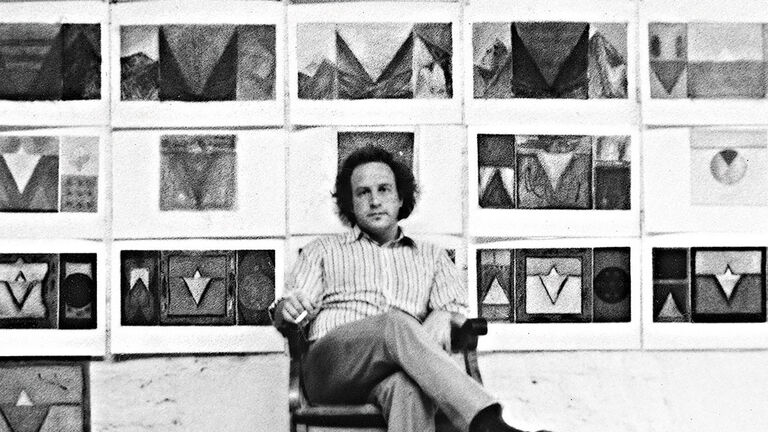
Jerry Saltz Publishes Personal Essay “My Life As a Failed Artist”
New York magazine recently published a personal essay by art critic Jerry Saltz (SAIC 1970-75, HON 2008). In “My Life As a Failed Artist,” Saltz sets aside his accomplishments as a famous art critic and discusses his studies at SAIC and his career as an artist, opening the essay with “It pains me to say it, but I am a failed artist.”
It may seem strange that Saltz—senior art critic at New York magazine and three-time Pulitzer nominee who has taught at Yale, Columbia, and SAIC—would have such feelings. Themes of failure and regret ring throughout the article. Nostalgia also makes its way in as Saltz reminisces about short-lived art career, much of which was spent at SAIC, where he learned that “staying up late with each other is how artists learn everything—developing new languages and communing with one another” he said.
Saltz lived and worked in Chicago throughout the 1970s, exhibiting in numerous galleries including Rhona Hoffman gallery and even opening his own artist-run gallery called N.A.M.E while living in a run-down apartment near Wrigley Field. Museums purchased his work and big-name critics took notice. It was then, he says, that he felt he was a true artist.
“… a wooden bench for a couch, a huge drafting table in the center of the space, a hot plate, buckets on the floor to catch the leaks from the ceiling, a pail to fill for pouring down the toilet to make it work, and a mattress on the floor. I was an artist.”
He praises Chicago’s outsider art scene and the Chicago Imagists artist group who inspired and motivated him to keep making art. It wasn’t until moving to New York in 1980 that Saltz discovered the distinction in Chicago’s art scene and why he was so drawn to it: “Chicago was still involved with 1970s Conceptualism, straight photography, regional ideas of hard-edged abstraction, process art, and Pluralism” he said.
It was around then that Saltz shifted his focus, realizing that he wasn’t cut out for the life of an artist and that all his time spent in the art world was leading him to a different path, as an art critic.
